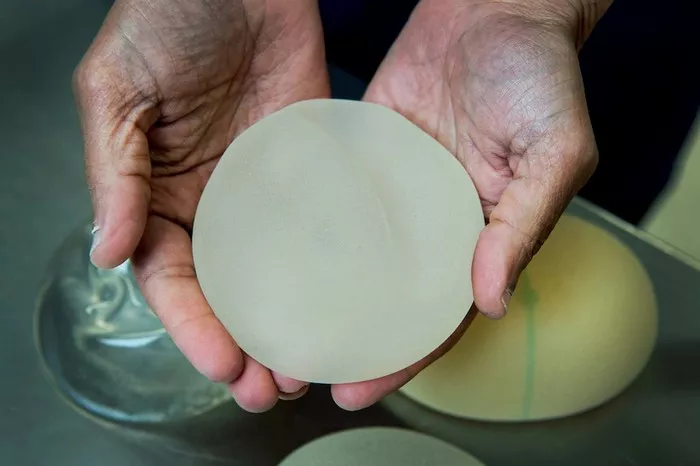Breast augmentation, also known as breast enlargement or augmentation mammoplasty, is a popular cosmetic surgical procedure aimed at enhancing the size and shape of the breasts. Many women consider breast augmentation to achieve their desired breast size, improve symmetry, or restore volume lost due to factors such as pregnancy or weight loss. One common question among those considering breast augmentation is the duration of the surgical procedure. This article provides a comprehensive overview of how long breast augmentation typically takes, the factors that can influence the duration, and what patients can expect during the surgical process.
Duration of Breast Augmentation Surgery
On average, breast augmentation surgery typically takes between 1 to 2 hours to complete. However, the actual duration can vary depending on several factors, including:
a. Surgical Technique: The choice of surgical technique used for breast augmentation can impact the duration of the procedure. Two primary techniques are commonly employed:
Inframammary Incision: In this approach, the surgeon makes an incision in the fold under the breast (inframammary fold) to create a pocket for the breast implant. This technique provides direct access and visibility, making it suitable for precise implant placement.
Periareolar Incision: In this technique, the incision is made around the lower border of the areola (the darker area around the nipple). This approach is less visible and is preferred for patients who desire minimal scarring.
b. Type of Breast Implant: The type of breast implant chosen also influences the duration of the surgery. Silicone and saline implants are the two main options, each requiring specific techniques for insertion.
c. Placement of Implants: Breast implants can be placed either submuscularly (under the chest muscle) or subglandularly (above the chest muscle but under the breast gland). Submuscular placement often takes slightly longer due to the need for additional precision in creating the pocket.
d. Incision Complexity: In some cases, patients may require additional procedures, such as a breast lift, in conjunction with breast augmentation. The complexity of such combined procedures can affect the duration of surgery.
The Surgical Process
During breast augmentation surgery, the patient is placed under general anesthesia for their comfort and safety. The surgeon makes the chosen incision and creates a pocket either behind the chest muscle or beneath the breast tissue. The breast implant is carefully inserted into the pocket and positioned to achieve the desired outcome. Once the implants are in place, the surgeon closes the incisions with sutures and applies dressings or surgical tape to protect the incision sites.
Recovery and Aftercare
After breast augmentation surgery, the patient is taken to a recovery area to awaken from anesthesia. Most patients can go home on the same day as the surgery. However, recovery times may vary, and some patients may require an overnight stay in the hospital for observation.
During the initial recovery period, patients may experience some swelling, bruising, and mild discomfort, which can be managed with prescribed pain medications. Patients are instructed to wear a supportive surgical bra to aid in healing and reduce swelling. The surgeon will provide detailed postoperative instructions regarding wound care, activity restrictions, and follow-up appointments to monitor healing progress.
Long-Term Results
As the swelling subsides and the breasts heal, patients will begin to see the long-term results of breast augmentation. The final results of breast augmentation become more apparent over the following weeks and months, as the breasts settle into their new shape and size.
Conclusion
Breast augmentation is a cosmetic surgical procedure that enhances the size and shape of the breasts, aiming to achieve the desired breast appearance for the patient. The typical duration of breast augmentation surgery ranges from 1 to 2 hours, depending on factors such as the surgical technique, type of breast implant, placement of implants, and any additional procedures performed. The surgical process involves making incisions, creating a pocket for the implant, and carefully inserting the implant to achieve the desired outcome. Patients can expect a brief initial recovery period, during which they may experience some swelling and discomfort. Following postoperative care instructions and attending regular follow-up appointments are essential for ensuring optimal healing and achieving satisfactory long-term results. Consulting with a skilled and experienced plastic surgeon is crucial for personalized guidance and successful breast augmentation outcomes.


